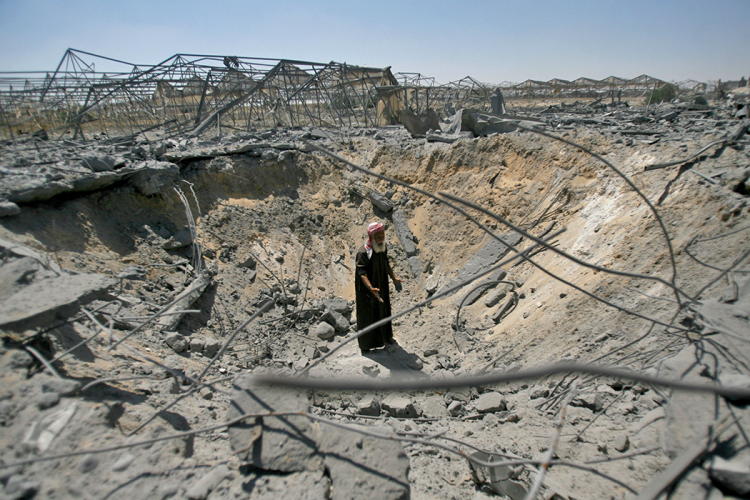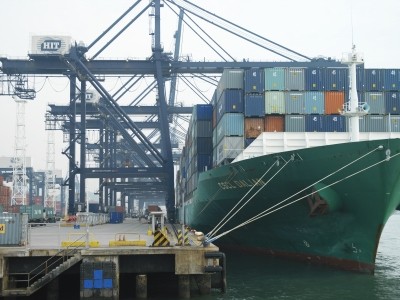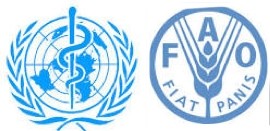Gaza conflict causes $450m damage to agri infrastructure

The organisation was unable to assess the situation in Gaza during the conflict, but the recent ceasefire allowed its observers to enter the territory, according to Ciro Fiorillo, head of the FAO's office in the West Bank and Gaza Strip.
Gaza’s agriculture devastated
“Following our teams’ field visits, assessments and monitoring, it is clear that the Gaza’s agriculture sector has been devastated. The Palestinian Authority’s Ministry of Agriculture estimates the total of direct and indirect damages at roughly US$450m,” said Fiorillo.
“Extensive destruction and damage to civilian infrastructure throughout Gaza has exacerbated food insecurity. For example, lack of electricity limits the storage capacity of fresh crops and food at markets,” he added.
Israeli air attacks and the ground invasion have forced farmers from their land and have caused physical damage to much of Gaza’s 17,000 hectares of cultivated land – which makes up just under half the territory’s total area – and its associated infrastructure. Around 3,000 hectares of vegetable fields, 736 hectares of fruit trees, and 13,200 greenhouses were destroyed or damaged.
Half of Gaza’s poultry birds have died, either from direct attacks or lack of care, around 64,000 small ruminants and 20,000 cattle require feed and water to survive. The Palestinian Ministry of Agriculture’s cold storage facility is also offline, preventing distribution of vital livestock vaccinations.
“Though all agricultural subsectors are under increased pressure as a result of the fighting, the livestock subsector has been hit hard, with fodder imports decreasing by 56% from 8 July to 10 August and by 70% from 16 July to 10 August, compared to the preceding three months’ average. Without access to this vital input, livestock holders risk losing their productive animals; and thus their livelihoods,” said Fiorillo.
Fishing has also suffered, with the FAO estimating losses of 234 tonnes between 9 July and 10 August this year, around 9% of the total annual catch.
Waiting to deliver aid
As soon as it becomes logistically possible, the FAO, with support from the Canadian government, will distribute fodder to feed 55,000 small ruminants for 45 days, along with 4,000 1-cubic-metre (1,000 litre) water tanks, to allow herders to water their animals. Beyond this immediate assistance, the FAO said the task of rebuilding Gaza’s agricultural infrastructure will require “significant external assistance over the long term”.
Around 28,600 households in Gaza – 11% of the total population – rely on farming, herding or fishing for their livelihood, although food imports vastly outweigh local production. But with all imports halted and local production shut down, the FAO said all of Gaza’s 1.8 million residents are currently wholly dependent on food aid.
Until the launch of Israel’s Operation Protective Edge, around 1.1 million Gaza residents were regular recipients of food aid from the UN Relief and Works Agency for Palestinian Refugees in the Near East (UNRWA).











